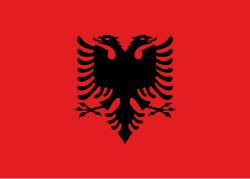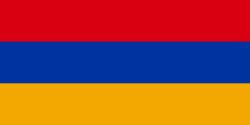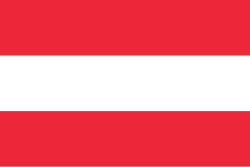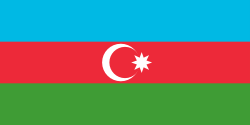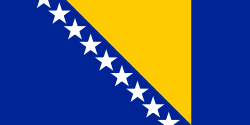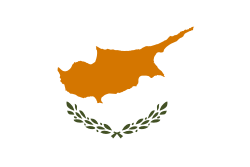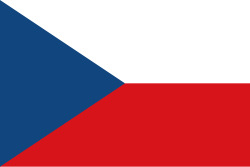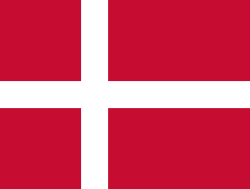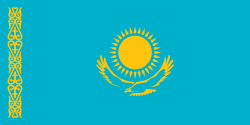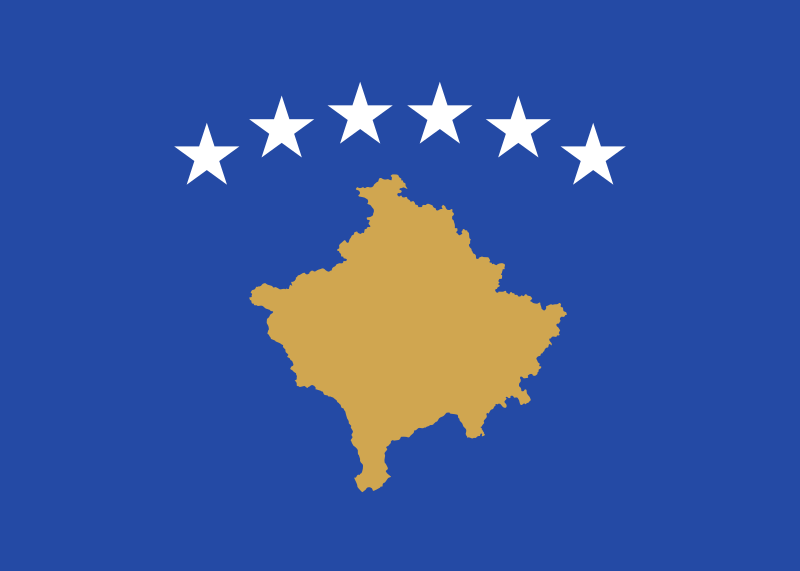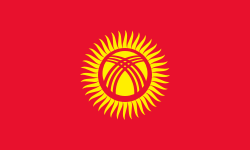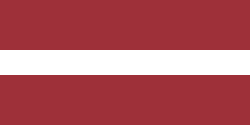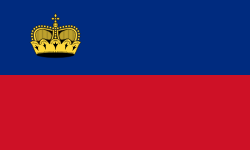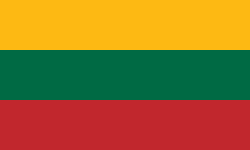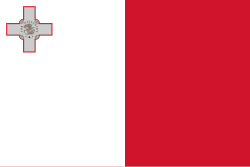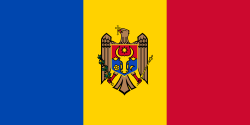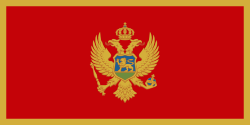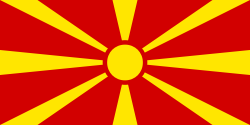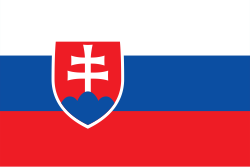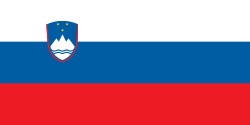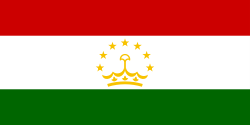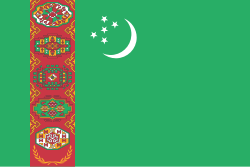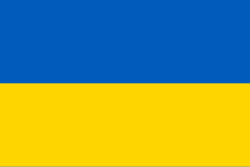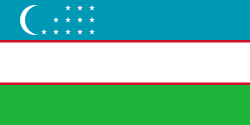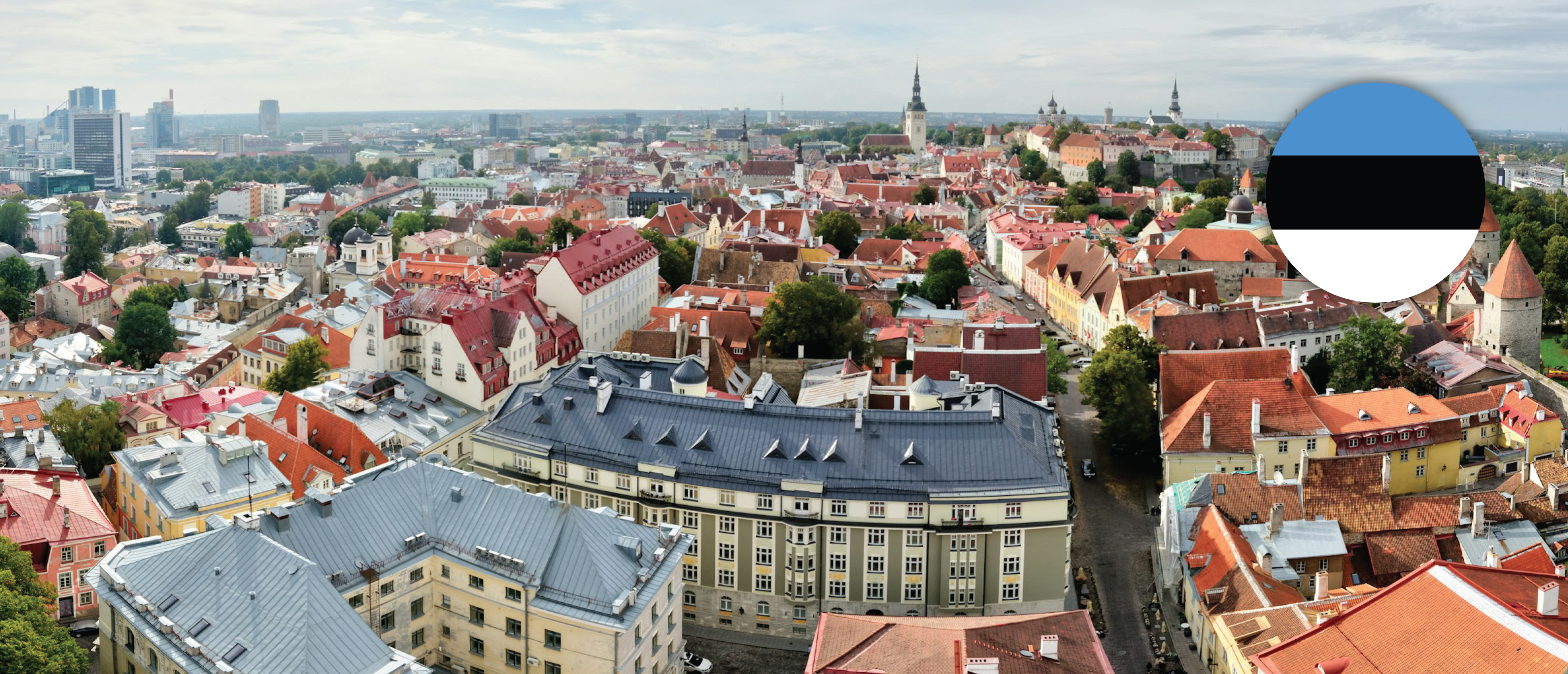General Information
Population
Immigration
Emigration
Working-age population
Unemployment rate
GDP
Refugees, Asylum seekers, IDPs
Citizenship
Territory
Migration Authorities
Responsible Body
Line Ministries
Agencies
Key Policy Documents
Description
For the past thirty years, Estonia has been a country of both immigration and emigration. Since 2015, the immigration flow has been steadily growing, leading to positive net migration and offsetting the natural decrease observed since 1991. However, as of 1 January 2025, the population of Estonia stood at 1,369,995, marking the first decline since 2015. This reversal was primarily driven by a deepening natural decrease, which intensified by 20% between 2023 and 2024.
Since 2015, immigration to Estonia rose steadily, peaking in 2022 when arrivals surged to 49,414 persons (3,7% of the country’s population), 67% of whom were Ukrainian citizens fleeing the war. This was a sharp increase from 16,209 people in 2020 and 19,524 in 2021. Although immigration numbers declined by 53% in 2023 and further to 18,634, they remained above pre-2022 levels, with Ukrainians still comprising the largest share (app. 37%). In 2024, Estonia issued 4,860 first residence permits to non-EU nationals, a sharp drop from 8,459 permits issued in 2023. Family, employment, and other reasons each accounted for 30% of the permits. Apart from Ukrainians, the main nationalities among immigrants were returning Estonians (around 5,200 people), Russians (about 600), Finns (505), and Latvians (477). Notably, a net negative migration balance was registered among Russian citizens for the first time in two decades.
As of the last population census (31 December 2021), 21,600 EU citizens lived in Estonia, over three times more than a decade earlier. The largest groups were citizens of Latvia (about 5,000) and Finland (about 4,700) – their numbers have also tripled in ten years – as well as Lithuania (1,871), followed by Germany (1,800), France (1,300) and Italy (1,270).
At the end of 2024, 189,169 non-EU nationals had valid residence permits in Estonia. Over 83% of all valid permits were issued for ‘other’ reasons, 7% or 13,724 for family reasons, 5% or 9,409 for employment reasons, 3.4% or 6,451 for subsidiary protection, and less than 1% or 1,266 for educational reasons. Between 2015 and 2024, the overall number of valid permits issued to non-EU nationals in Estonia has remained broadly stable, but their composition has shifted sharply, with rising family and work migration, a surge in protection cases since 2022, and a steady decline in study and “other reasons” categories. When it comes to non-EU nationals residing in Estonia long-term, in 2024, Russian citizens accounted for of all valid long-term residence permit holders (over 72,000). In addition, a significant part of long-term residence permit holders were persons with undetermined citizenship, often referred to as holders of the so-called “grey passport”. These are primarily former citizens of the Soviet Union who settled in Estonia before 1 July 1990 and never obtained Estonian or any other citizenship. In 2024, they represented around of all individuals with valid long-term permits (over 60,000).
The overall number of temporary residence permits granted in Estonia has declined in recent years, falling from a peak of 9,254 in 2022 to 6,138 in 2024. Labour migration consistently made up the largest share, reaching 2,574 in 2024. Family migration, permanent settlement, and education-related permits followed the same downward trend, with permits for education declining from a 2021 peak of 1,227 to 488 in 2024. Ukrainians, Russians, and Belarusians remained the main nationality groups throughout, though their numbers decreased markedly in recent years. Permits for enterprise stayed limited.
Unlike smaller in-migration, emigration flow in 2024 rose by 37.6%, reaching 17,260 emigrants in comparison to 12,543 the year before. Most emigrants left for other EU countries, moving primarily to Germany, France, Italy, Spain, and the Netherlands. Significant numbers of emigrants moved to Ukraine (2,652) and Russia (868). According to the UN DESA, 124,216 Estonian citizens were residing abroad in 2024. The largest Estonian communities abroad are found in Finland, the United Kingdom, Germany, Sweden, and the United States. Finland, in particular, remains an important destination among Estonians emigrants due to its geographical proximity and comparative economic prosperity. According to Statistics Finland, 50,444 Estonian citizens were living in Finland in 2024, constituting the largest Estonian migrant community in the world. While it is easy to commute between the two countries, many Estonians also live and work in Finland temporarily. Westward migration tends to be temporary, associated with short periods of study and work abroad. Meanwhile, eastward migration, i.e., to Russia, is often driven by family reasons.
Until 2022, the flow of asylum seekers in Estonia has been inconsiderable. Between 2017 and 2021, the number of applicants did not exceed 200 persons per year and amounted to 76 persons in 2021. In 2022, the number of asylum applications surged to 2,940 and continued to climb to 3,980 in 2023, before falling to 1,330 in 2024. According to the EUAA, the notable decrease in asylum applications in 2024 mirrors broader regional patterns, largely a result of fewer irregular border crossings and seasonal deviations in the second half of 2024. The adoption of the EU Pact on Migration and Asylum in May 2024 also contributes to tighter asylum procedures, screening, and return mechanisms. Estonia is enhancing its border procedure capacity and reception systems as part of its National Implementation Plan.
In March 2022, Estonia passed a governmental decree allowing citizens of Ukraine and their family members as well as stateless persons and third-country nationals who had international or equivalent protection status in Ukraine before 24 February 2022 to apply for temporary protection. Between 2022 and 2024, 56,747 individuals received temporary protection in Estonia. As of June 2025, 34,370 individuals still resided in Estonia under temporary protection. According to the UNHCR survey, in 2024, 69% of working age displaced persons from Ukraine living in Estonia were employed, with many working in manufacturing sector, as well as accommodation and food services.
In 2022, Estonia introduced multiple restrictions on Russian and Belarusian citizens, restricting the issuance of visas for short-term work and residence permits for work, study or business. By August 2022, additional entry restrictions targeted Russian citizens, and from September 2022, Russian holders of short-term Schengen visas were barred from entering for tourism, sports, culture, or family visits.
To address irregular migration, Estonia has stepped up its enforcement efforts, leading to more non-EU nationals refused entry at the external borders, but fewer found illegally present. Refusals peaked in 2022 (5,465) and 2023 (5,855), before decreasing to 2,725 in 2024 . In 2023, Russians accounted for about half of all refusals. In 2022-2024, Moldovans, Russians, and Ukrainians arriving to Estonia from Russia were the top three nationality groups refused entry. In 2024, 750 non-EU nationals were found illegally present, down from 920 persons in 2023 and 1,070 in 2022. Of the 780 non-EU nationals ordered to leave, over 85% were returned in 2024. Most returned in 2024 involved Russian, Moldovan, Uzbek and Georgian nationals. In 2023, Estonian police investigated 13 trafficking cases (one for sex exploitation and 12 for labour exploitation). Since 2023, a new Victim Support Act is enforced and new Estonian National Referral Mechanism has been developed.
Immigration to Estonia is governed by the Aliens Act, which covers entry, stay, residence and employment, and the migration quota, set at 0.1 % of the resident population (1,298 persons in 2025). The quota mainly applies to labour and business migration from non-EU countries, excluding nationals of the US, the UK and Japan, as well as such categories as IT and start-up workers. The Aliens Act has been amended several times simplifying procedures for foreign workers to arrive and work in Estonia. In 2025, the Aliens Act was amended to digitalise procedures, tighten employer requirements for hiring foreigners, introduce an A2-level Estonian and adaptation program requirements for permanent residency, and add grounds for residence permit refusal such as ties to foreign security services. Fast-track option for short-term employment in growth companies and additional requirements for visa applications have also been introduced. The changes will be in force as of 1 January 2026. In March 2025, the Parliament of Estonia amended the Constitution to revoke voting rights in local elections for third-country nationals residing in the country, and, after the local elections (19 October 2025), for stateless persons as well.
Estonia became the first country to offer e-residency (in 2014), allowing foreigners to establish and manage EU-based businesses remotely. The e-resident digital ID enables access to Estonia’s e-services but does not serve as a physical ID, travel document, nor does it grant citizenship, tax residency, or entry rights. The total number of e-residents as of 2025 amounts to 126,500. The majority of holders are Ukrainian, German, Spanish Finnish, and Russian nationals.
Estonia is a party to several migration dialogues, including the Prague Process.
Relevant Publications
